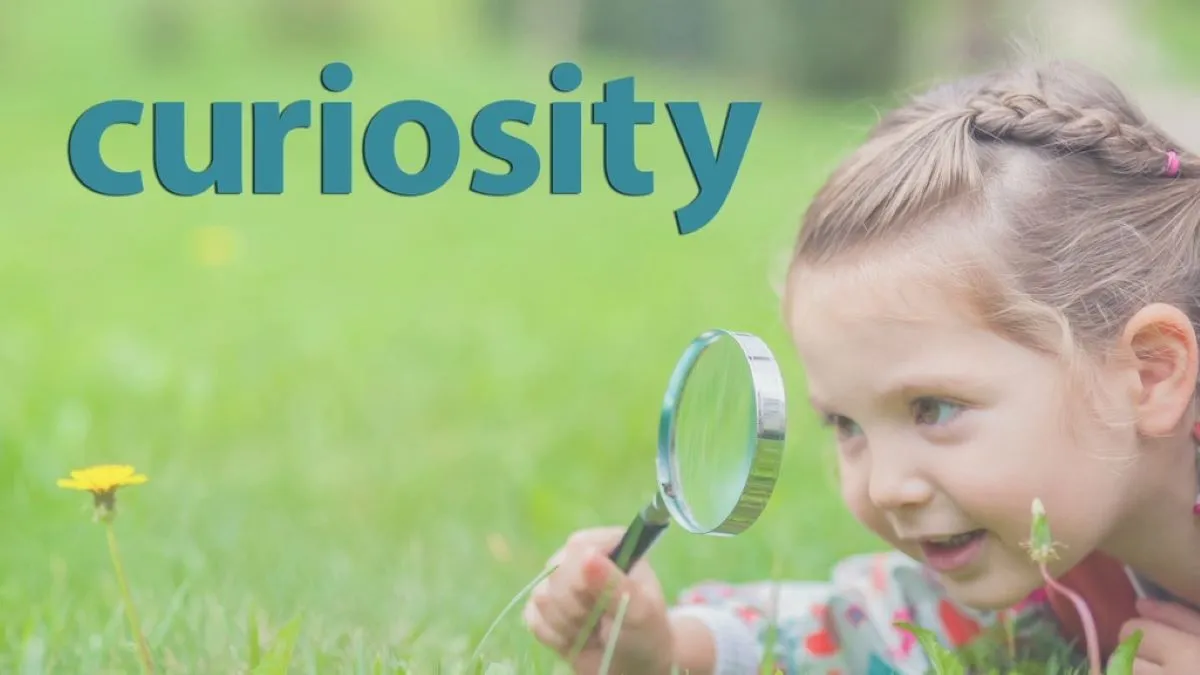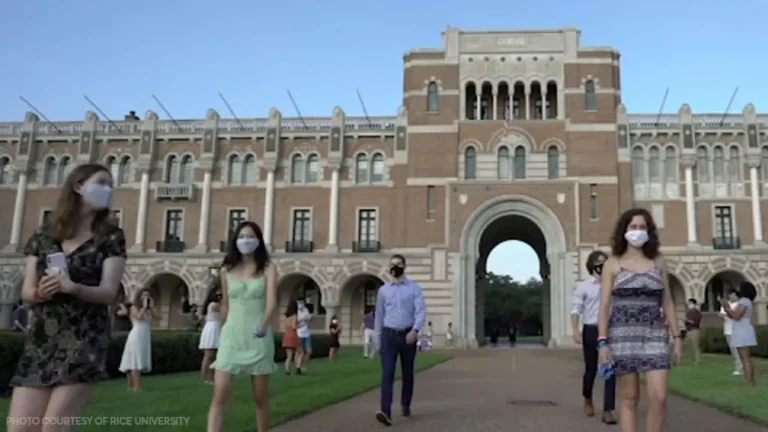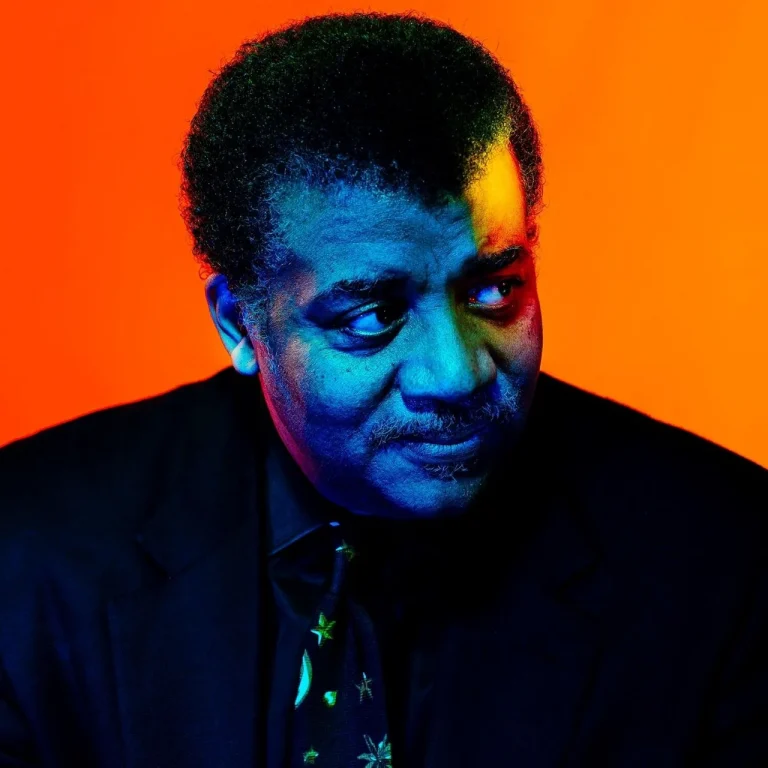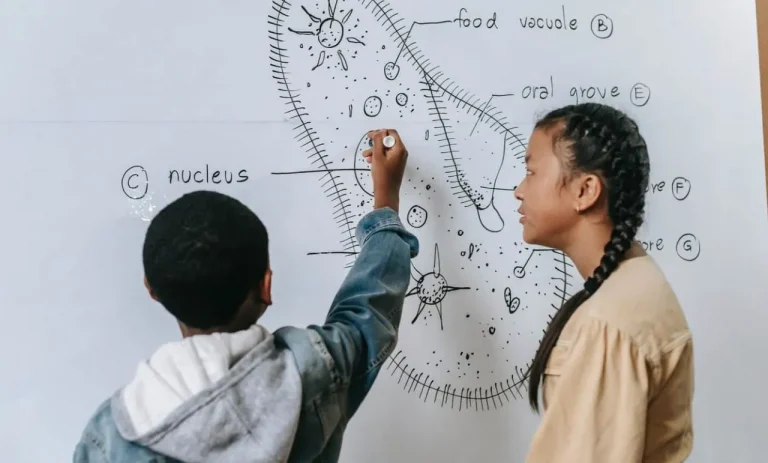The Critical Role Of Curiosity And Skepticism In Scientific Discovery
Science is built on a foundation of curiosity and skepticism. But how exactly do these traits contribute to the scientific process and lead to major discoveries that expand our understanding of the world?
In this comprehensive 3000 word guide, we’ll explore the integral role curiosity and skepticism play in fueling scientific advancement. We’ll look at real-world examples of how curiosity drives exploration while skepticism enables validation, and why they must go hand-in-hand for impactful breakthroughs.
The Nature of Curiosity in Science
Defining curiosity and its role in science
Curiosity can be defined as a strong desire to know or learn something. In the realm of science, curiosity plays a crucial role in driving the discovery process. Scientists are inherently curious individuals who constantly question the world around them, seeking to uncover new knowledge and understand the mysteries of the universe.
It is this innate curiosity that motivates scientists to explore, observe, experiment, and analyze.
Curiosity serves as the foundation for scientific inquiry, leading researchers to ask thought-provoking questions and seek answers through systematic investigation. Without curiosity, scientific progress would be stagnant, as scientists would lack the drive to explore uncharted territories and challenge existing knowledge.
Historical examples of curiosity leading to discoveries
The history of science is replete with examples of how curiosity has paved the way for groundbreaking discoveries. Consider the story of Sir Isaac Newton, who, while sitting under an apple tree, wondered why the apple fell straight down instead of veering off in a different direction.
This curiosity led him to formulate the laws of motion and establish the theory of gravitation.
Another notable example is that of Albert Einstein, whose curiosity about the nature of light and the behavior of matter led him to develop the theory of relativity. Einstein’s relentless pursuit of knowledge and his refusal to accept conventional wisdom allowed him to revolutionize our understanding of the universe.
How curiosity fuels exploration and the development of hypotheses
Curiosity acts as the driving force behind scientific exploration, pushing scientists to venture into unexplored realms in search of answers. When scientists encounter an intriguing phenomenon or an unexplained observation, their curiosity compels them to investigate further, often leading to the formulation of hypotheses.
Within the scientific method, hypotheses are proposed explanations for observed phenomena. They serve as a starting point for further investigation and experimentation. Curiosity fuels the development of these hypotheses, as scientists ask questions, make predictions, and design experiments to test their ideas.
It is through this iterative process of curiosity-driven exploration and hypothesis formulation that scientific discoveries are made. Curiosity sparks the initial inquiry, while skepticism and rigorous testing ensure the validity and reliability of the findings.
Ultimately, curiosity and skepticism go hand in hand in the scientific endeavor. A curious mind propels scientists to explore, question, and seek answers, while a skeptical mindset ensures that the findings are carefully scrutinized and supported by evidence.
The Role of Skepticism in the Scientific Process
Defining scientific skepticism
Scientific skepticism is a fundamental aspect of the scientific process. It involves questioning and critically evaluating the validity of ideas, hypotheses, and theories before accepting them as true or accurate.
This skepticism is a crucial component of scientific inquiry, as it encourages researchers to approach their work with a questioning mindset and to challenge existing beliefs and assumptions.
Scientists who embrace skepticism understand that it is not a rejection of ideas but rather a commitment to thorough investigation and evidence-based reasoning. They recognize the importance of subjecting their own work, as well as the work of others, to rigorous scrutiny in order to ensure the reliability and validity of scientific findings.
The importance of skepticism in validating ideas
Skepticism plays a vital role in the validation of ideas within the scientific community. By subjecting hypotheses and theories to scrutiny, scientists are able to identify potential flaws, biases, or limitations in their reasoning or methodology.
This process helps to ensure that only the most robust and accurate ideas are accepted as scientific knowledge.
Scientific skepticism helps to guard against confirmation bias, which is the tendency to search for, interpret, and favor information that confirms one’s preexisting beliefs. By actively questioning and challenging assumptions, scientists can minimize the impact of bias on their research and increase the objectivity and reliability of their findings.
Furthermore, skepticism fosters a culture of intellectual humility and open-mindedness within the scientific community. Scientists who approach their work with skepticism are more likely to embrace new ideas and explore alternative explanations, even if they challenge established theories.
This willingness to question and reassess existing knowledge is essential for scientific progress and innovation.
Historical examples of skepticism enabling progress
Throughout history, skepticism has played a pivotal role in enabling scientific progress. Consider the case of Galileo Galilei, who challenged the prevailing belief that the Earth was the center of the universe.
Despite facing significant opposition and even persecution, Galileo’s skepticism led him to observe evidence that supported the heliocentric model, eventually revolutionizing our understanding of the cosmos.
Another example is the skepticism surrounding Ignaz Semmelweis’ theory on the importance of handwashing in preventing the spread of infectious diseases. Initially met with resistance and disbelief, Semmelweis’ persistent skepticism and insistence on evidence eventually led to the acceptance of his groundbreaking idea, saving countless lives in the process.
These historical examples demonstrate that skepticism is not only an essential component of the scientific process but also a catalyst for innovation and paradigm shifts. By encouraging skepticism, the scientific community fosters an environment that values critical thinking, evidence-based reasoning, and the pursuit of truth.
Curiosity and Skepticism in the Scientific Method
Observing phenomena through curiosity
Curiosity is the driving force behind scientific discovery. Scientists are naturally curious individuals who observe the world around them with a keen eye. They constantly seek to understand the underlying mechanisms and processes that govern the natural world.
By carefully observing phenomena and asking questions, scientists are able to uncover new knowledge and make groundbreaking discoveries.
Questioning and hypothesizing with an open mind
Questioning and hypothesizing are crucial steps in the scientific method. Scientists approach their research with an open mind, willing to explore new possibilities and challenge existing theories. They ask thought-provoking questions that push the boundaries of knowledge and propose hypotheses that can be tested through experimentation.
This open-mindedness allows for innovative thinking and the advancement of scientific understanding.
Rigorously testing hypotheses with skepticism
Skepticism plays a vital role in the scientific method. Scientists approach their hypotheses with a healthy dose of skepticism, constantly questioning their validity and seeking evidence to support or refute them.
They design experiments that are carefully controlled and rigorously executed to ensure the reliability of their results. By subjecting their hypotheses to rigorous testing, scientists can confidently draw conclusions based on solid evidence.
Refining theories based on evidence
Scientific theories are not set in stone; they are constantly evolving based on new evidence. Scientists analyze the data collected from their experiments and observations, and use this information to refine or revise their theories.
This iterative process allows for the continuous improvement of scientific knowledge. It is through this refinement that scientists are able to gain a deeper understanding of the natural world and make significant contributions to their respective fields.
So, the critical role of curiosity and skepticism in scientific discovery cannot be overstated. They are the driving forces behind the scientific method, enabling scientists to observe, question, test, and refine their understanding of the natural world.
By embracing curiosity and skepticism, scientists are able to push the boundaries of knowledge and uncover the mysteries of the universe.
Overcoming Biases Through Skepticism
How personal biases can impede objectivity
Personal biases can often hinder the objectivity needed for scientific discovery. Our beliefs, experiences, and preconceived notions can influence the way we interpret data and form conclusions. These biases may lead us to selectively accept evidence that supports our existing beliefs while disregarding contradictory evidence.
This confirmation bias can significantly impede scientific progress and hinder the pursuit of truth.
For example, imagine a researcher studying the effects of a new drug. If they have a personal bias towards believing in the efficacy of the drug, they may interpret the data in a way that confirms their initial beliefs, even if the evidence is weak or inconclusive.
This can lead to false conclusions and potentially harmful consequences.
Recognizing and acknowledging our biases is the first step towards overcoming them. By understanding that our personal beliefs can influence our objectivity, we can consciously strive to approach scientific inquiry with a more skeptical mindset.
Using skepticism to challenge assumptions
Skepticism plays a vital role in scientific discovery by challenging assumptions and promoting critical thinking. It encourages researchers to question existing theories, methodologies, and conclusions, fostering a culture of intellectual curiosity and open-mindedness.
By adopting a skeptical attitude, scientists can subject their own work and the work of others to rigorous scrutiny. They may ask questions like: “Is this conclusion supported by solid evidence?” or “Are there alternative explanations that haven’t been considered?”
This critical evaluation helps to uncover errors, biases, and gaps in knowledge, leading to a deeper understanding of the subject matter.
Skepticism also encourages researchers to replicate and reproduce experiments to ensure the reliability of results. This replication process helps to validate or challenge previous findings, ensuring the scientific community can build upon a solid foundation of knowledge.
The role of peer review in reducing bias
Peer review is a crucial step in the scientific process that helps to reduce bias and ensure the quality of research. When a study undergoes peer review, it is evaluated by experts in the field who assess the methodology, results, and interpretations.
By subjecting research to the scrutiny of their peers, scientists can address potential biases and errors before publication. Peers may identify flaws in experimental design, point out alternative explanations, or suggest additional analyses to strengthen the study’s conclusions.
Peer review acts as a checks-and-balances system, helping to prevent the dissemination of biased or flawed research. It is an essential mechanism for maintaining the credibility and integrity of scientific knowledge.
Cultivating Curiosity and Skepticism
Fostering curiosity from an early age
Cultivating curiosity in children is crucial for their intellectual development and future success. Encouraging children to ask questions, explore their surroundings, and seek answers to their queries helps foster a sense of wonder and inquisitiveness.
Parents and educators can nurture curiosity by providing opportunities for hands-on learning, exposing children to a variety of experiences, and promoting a growth mindset. By nurturing curiosity, we empower children to become lifelong learners and critical thinkers.
Research has shown that curious individuals tend to have higher levels of intellectual engagement, creativity, and problem-solving skills. In fact, a study conducted by the University of California, Davis, found that curious individuals are more likely to engage in exploratory behaviors, which can lead to novel discoveries and breakthroughs.
Therefore, fostering curiosity from an early age is essential for nurturing future scientists, innovators, and critical thinkers.
Developing critical thinking and skeptical skills
Critical thinking and skepticism are essential skills for evaluating information, analyzing evidence, and making informed decisions. Teaching these skills is crucial in an era where misinformation and fake news are prevalent.
By encouraging individuals to question assumptions, challenge beliefs, and seek evidence, we empower them to think critically and make rational judgments.
One effective way to develop critical thinking and skeptical skills is through formal education. Schools and universities can incorporate critical thinking courses or activities into their curriculum, teaching students how to evaluate information from different sources, identify logical fallacies, and distinguish between fact and opinion.
Additionally, engaging students in debates, group discussions, and research projects can further enhance their ability to think critically and approach new ideas with skepticism.
Creating environments that reward open inquiry
In order to foster curiosity and skepticism, it is important to create environments that reward open inquiry and intellectual curiosity. This can be achieved by promoting a culture of questioning and encouraging individuals to challenge existing knowledge and assumptions.
By creating a safe space for open dialogue and respectful debate, organizations can foster an atmosphere of intellectual curiosity and critical thinking.
Moreover, organizations can also provide incentives for individuals to pursue innovative and unconventional ideas. This can be done through funding research grants, organizing innovation challenges, or recognizing and celebrating individuals who have made significant contributions through their curiosity and skepticism.
By creating such environments, we can inspire scientists, researchers, and thinkers to push the boundaries of knowledge and make groundbreaking discoveries.
Conclusion
Curiosity sparks exploration while skepticism enables validation. Science requires both traits to drive advancements in our understanding of the world. By fostering curiosity and teaching skeptical inquiry, we can continue to push the boundaries of human knowledge.
With a balanced approach of open-minded curiosity and rigorous skepticism, the possibilities for discovery are endless.







